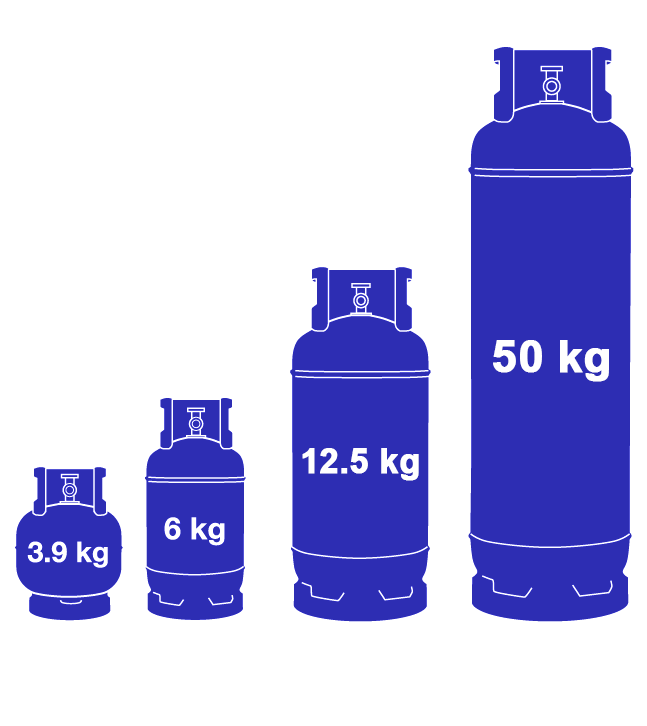LPG is the abbreviation of Liquefied Petroleum Gas. Like all fossil fuels, it is a non-renewable source of energy. It is extracted from crude oil and natural gas. the main composition of LPG are hydrocarbons containing three or four carbon atoms. The normal components of LPG thus are propane and Butane.
LPG is an environmentally friendly source of energy with a wide range of applications: domestic (heating, cooking, hot water production), industrial, agricultural, catering and automotive fuel.
LPG is used in hundreds of applications by millions of users throughout the world. When LPG is burnt it produces the cleanest emissions of all oil-based products, with a low carbon dioxide output.
LPG supply comes from two sources: 66% is automatically generated from gas fields as an associated gas when natural gas is extracted from the reservoir. A balance of 34% comes from crude oil refining as a by-product of the cracking process. With refinery capacity growing and strong grows in the production of Liquefied Natural Gas (LNG) the production of LPG will increase substantially over the coming years.
BOGAS uses 4 different bottled cylinders for commercial, residential and industrial purposes.

BOGAS
BOGAS customers use LPG for home cooking, most homes prefer using the 3kg cylinders, 6kg cylinders and 12.5 kg cylinders.
BOGAS
Consumption of high amounts of the special industrial processes at work and in need of LPG, bottled gas mostly commercial tube in 50 kg. These high-end tubes, work spaces and storage offers the convenience of a more long-term usage.
BOGAS
BOGAS